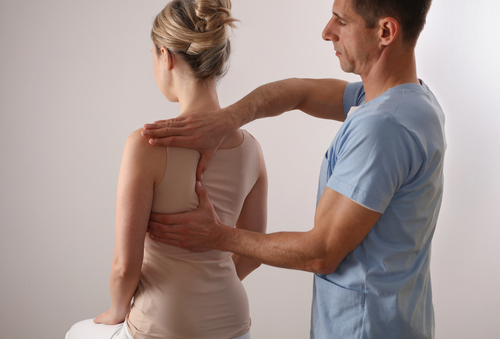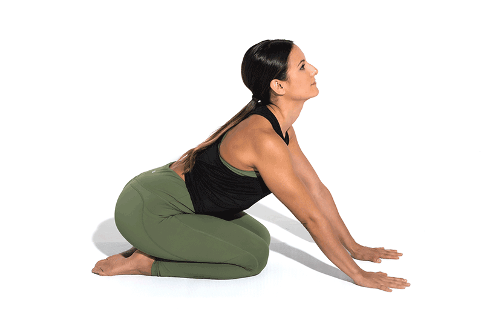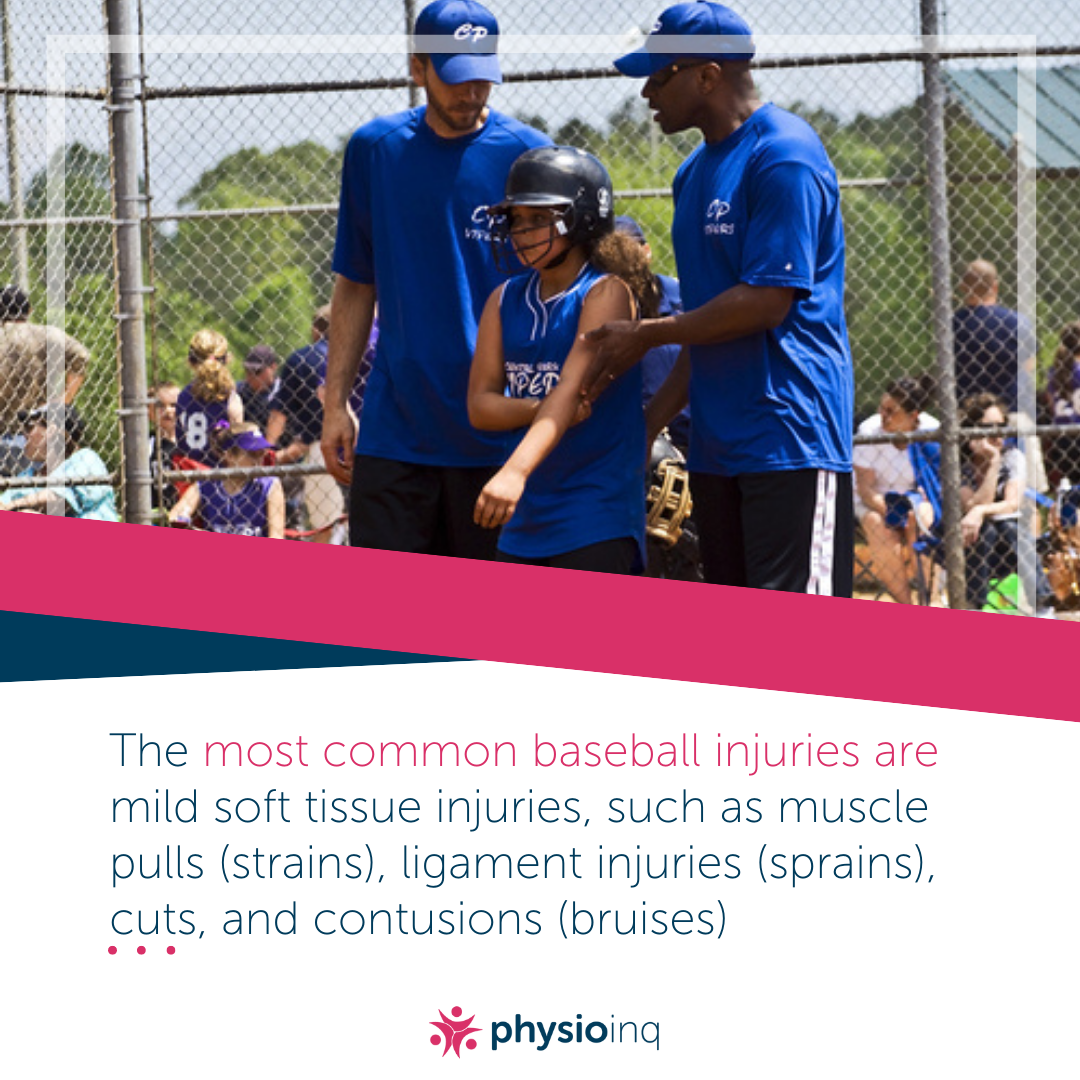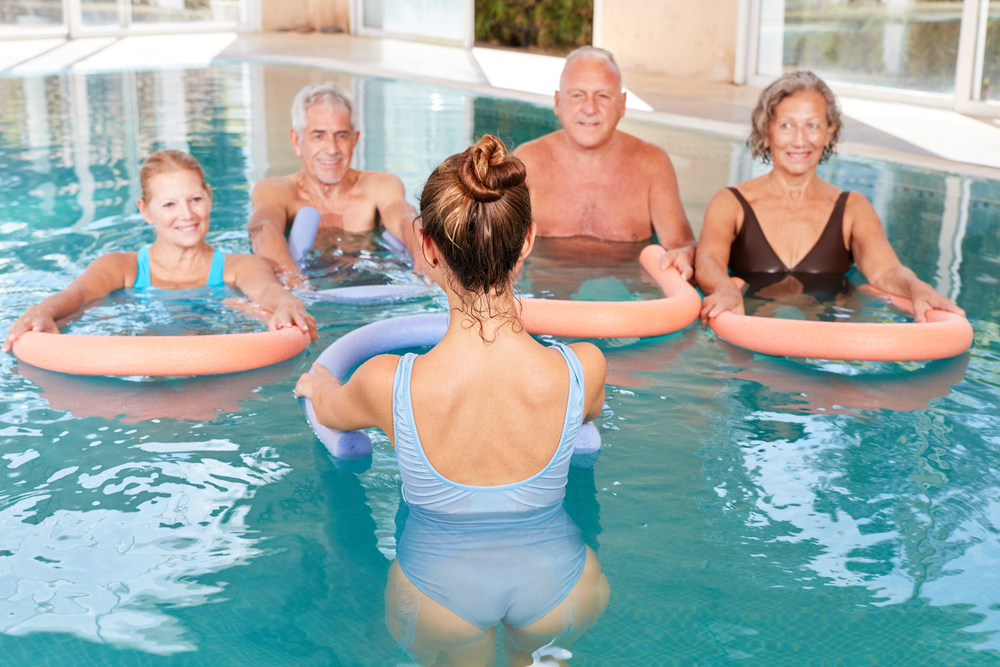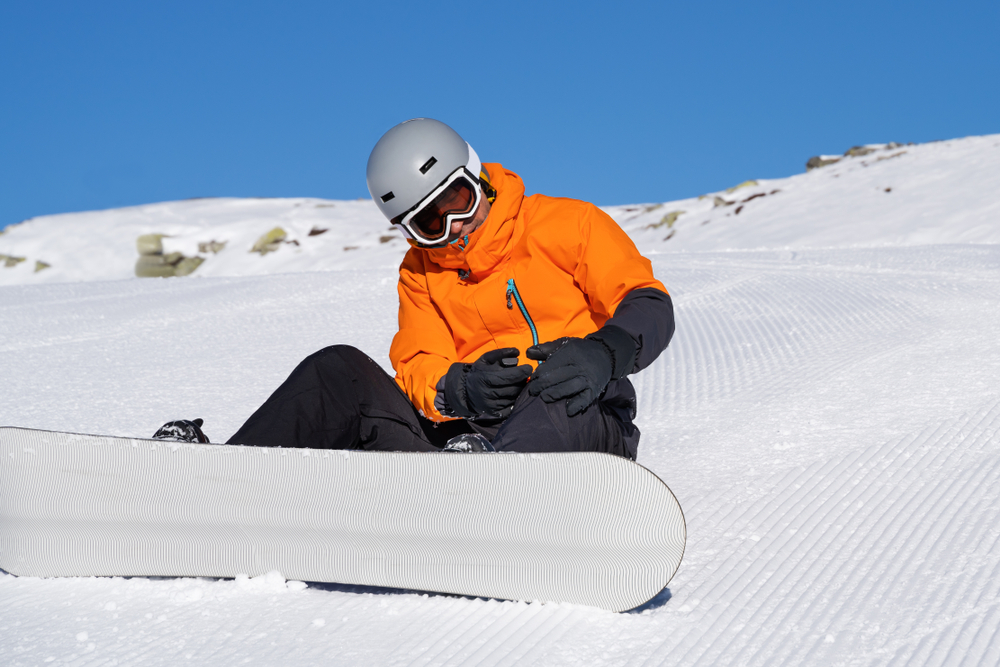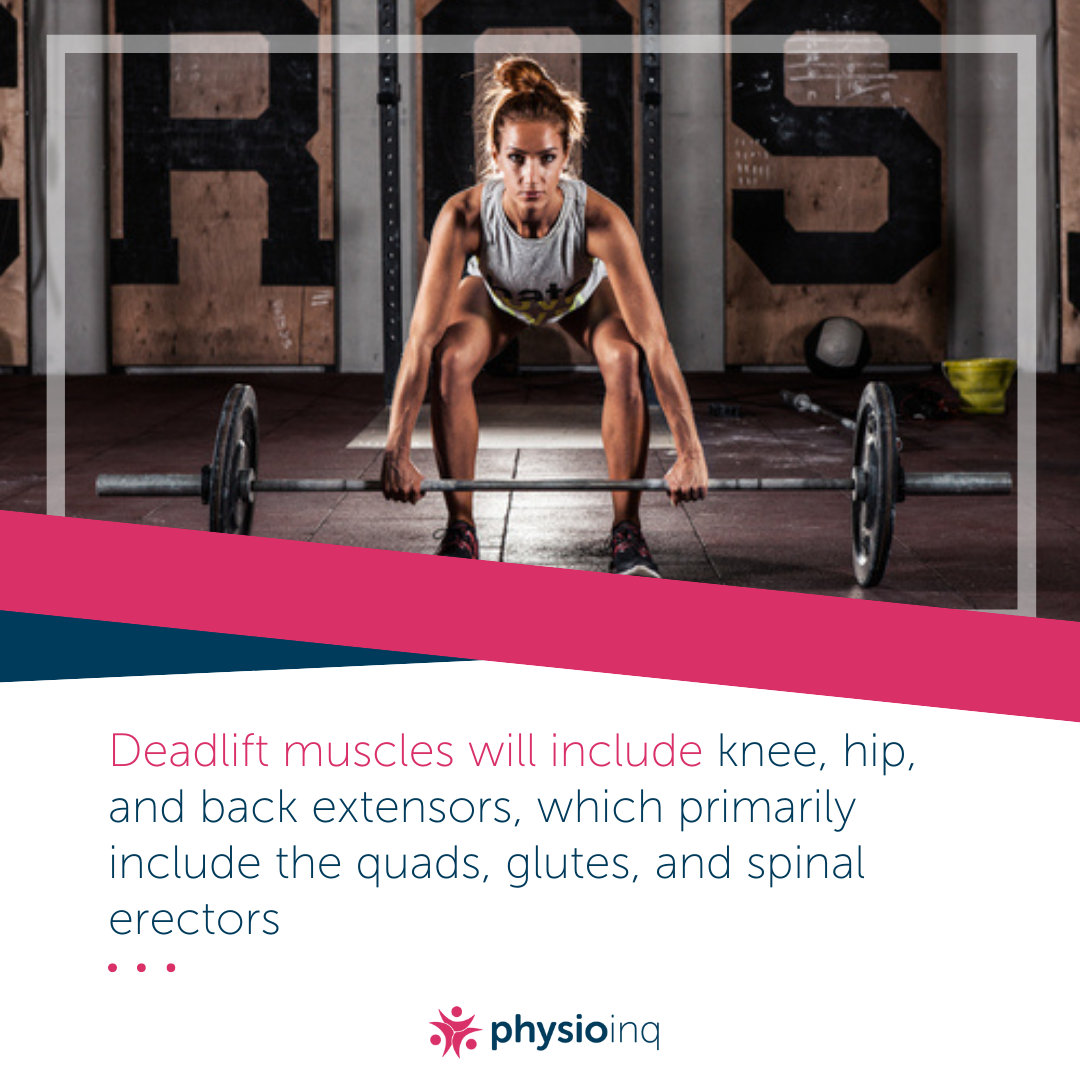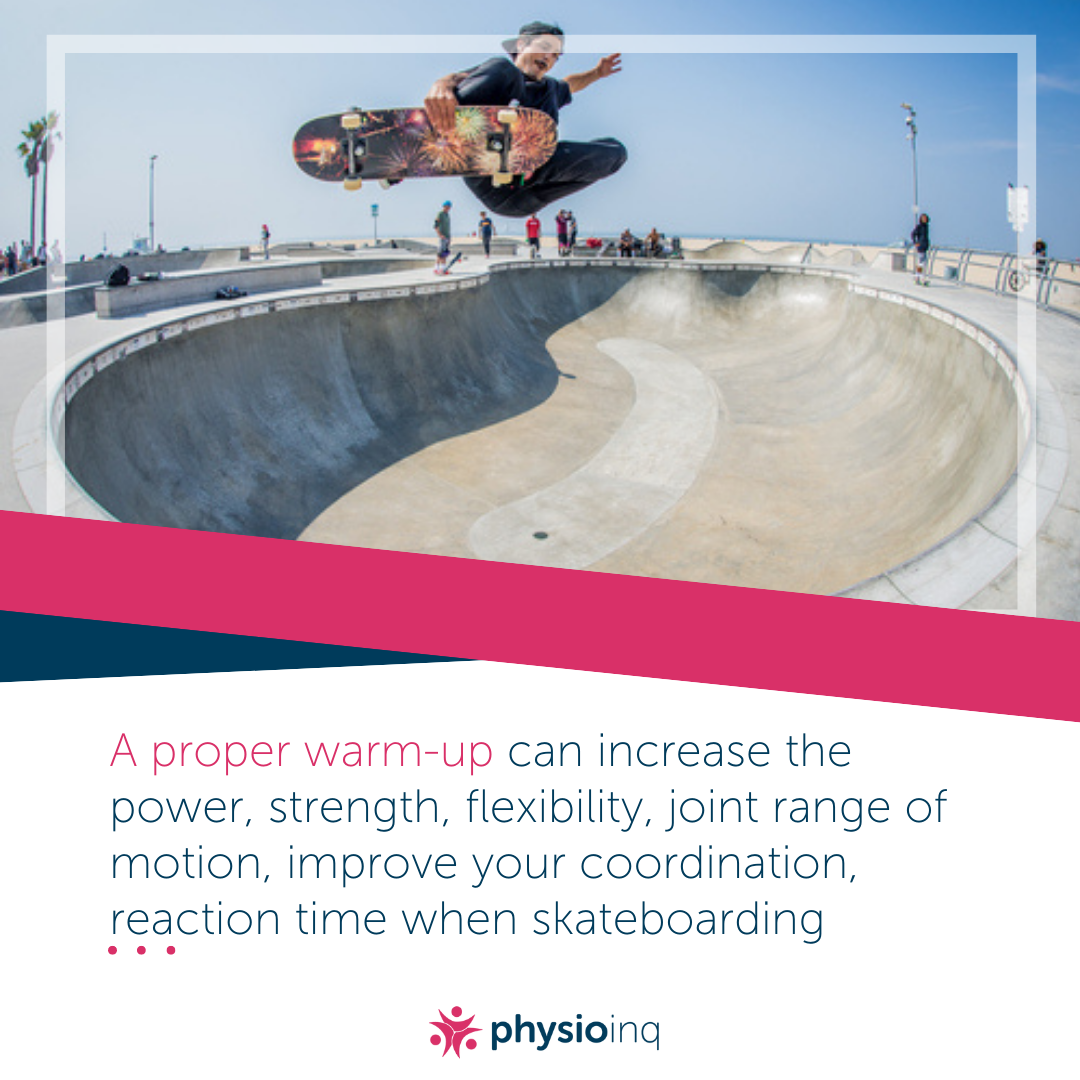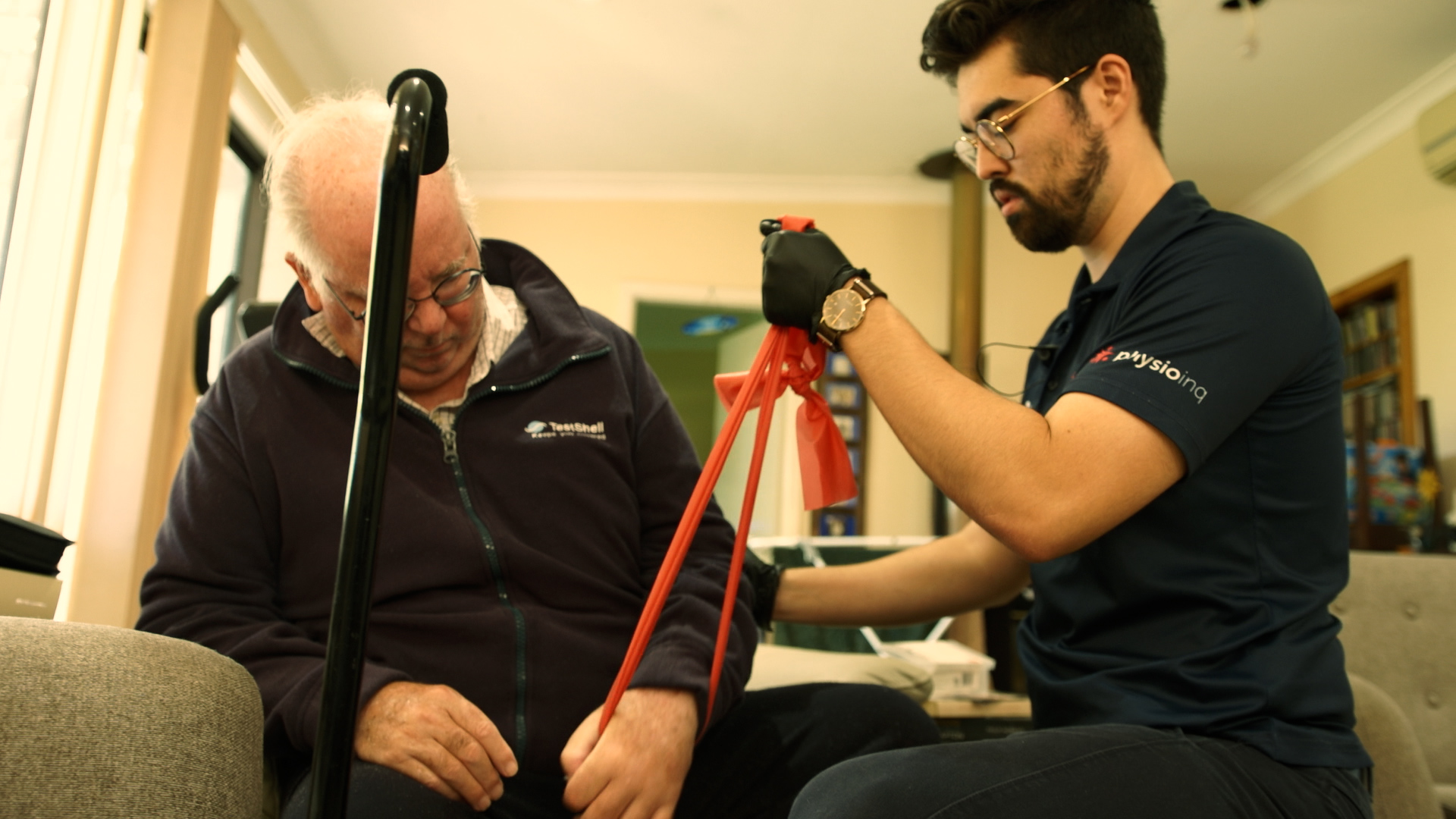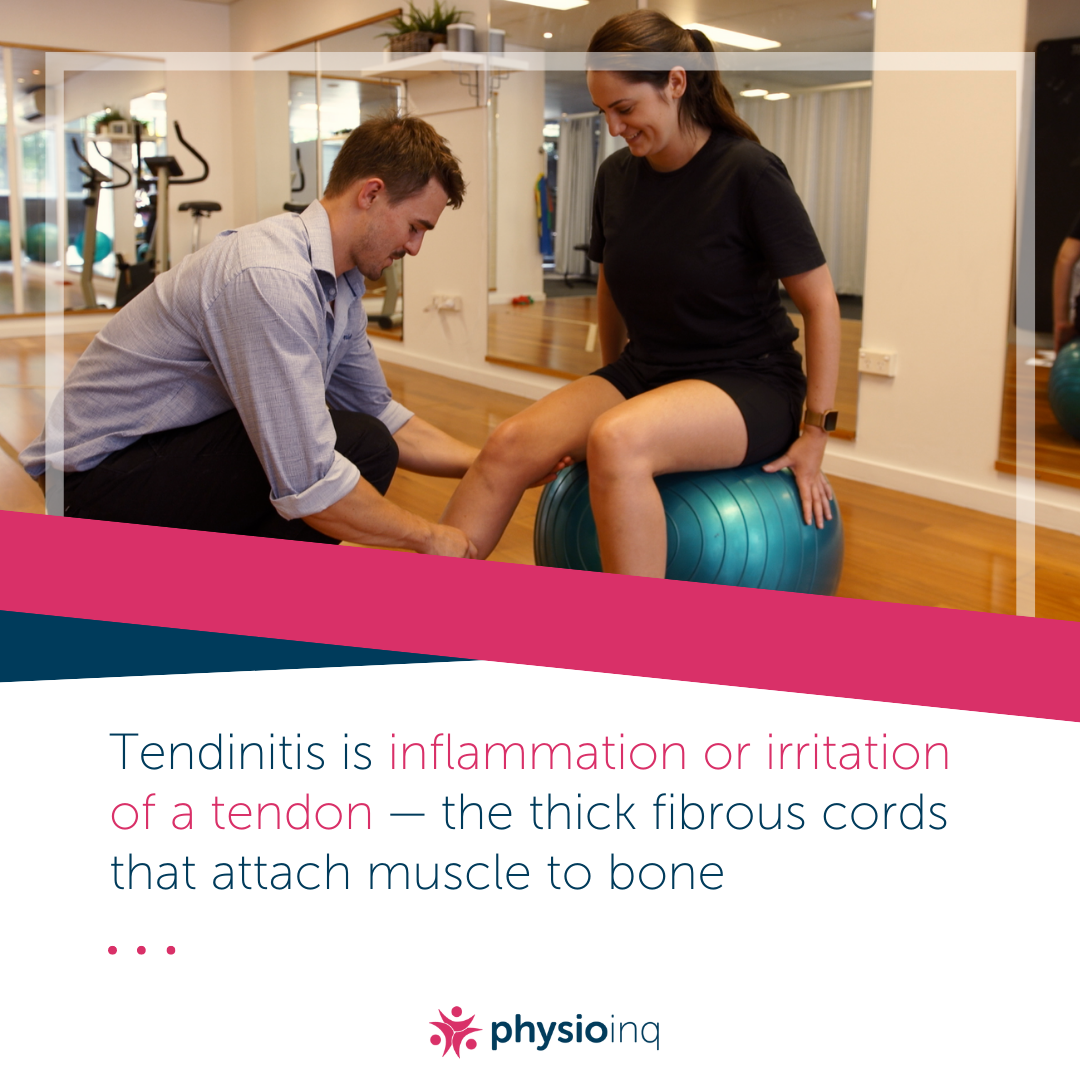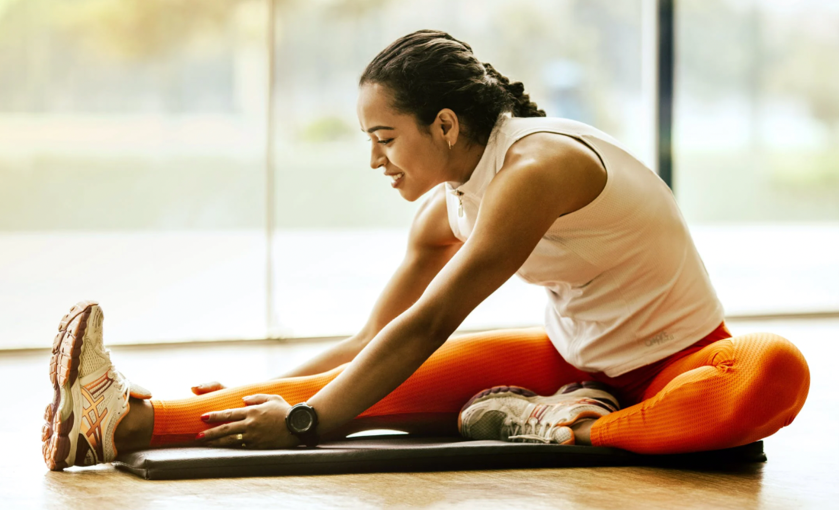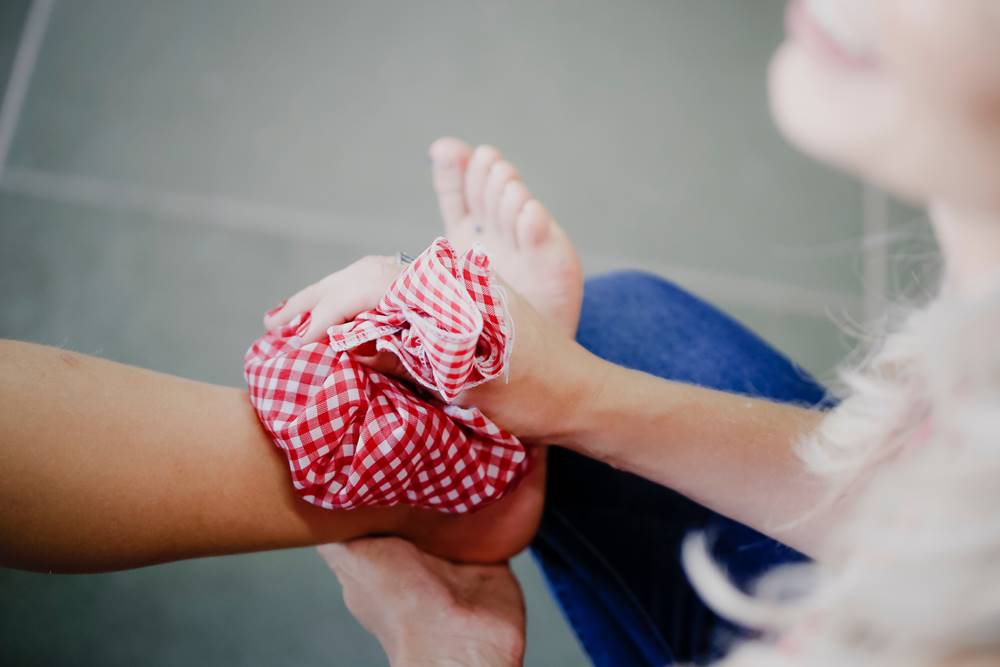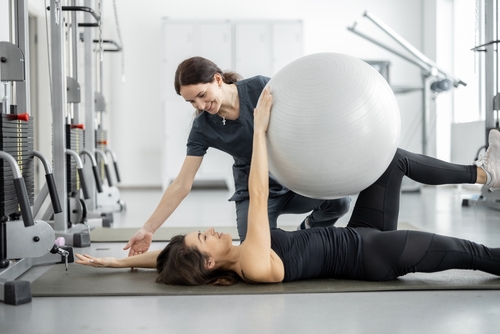Make an Appointment
How many of us have gone to the snow, spent the whole day skiing, only to be too sore to move for the rest of our holiday? Especially for novice skiers, we often underestimate the athleticism and fitness required to ski. But, in reality, getting ski fit before you hit the slopes is a good idea for everyone donning skis.
Not to fear! Getting ski fit for your holiday doesn’t mean months in the gym doing a crazy fitness routine. You can get ski fit in four weeks or less and you can do it all within the comfort of your own home if you wanted to.
So, in the month or two leading up to your exciting ski holiday, try these ski training exercises to get ski fit in a matter of weeks so that you can energetically ski the entire time you’re away at the snow.
Do I need to get fit before a ski holiday?
Straight away, you might be thinking, do I really need to get ski fit before my snow holiday? The answer is always yes. Here are a few reasons why.
First of all, ski injuries are common. From broken bones to torn muscles to bizarre accidents, it’s no secret that skiing can be dangerous. Getting fit can help you prevent injuries and accidents.
Next, our bodies don’t bounce back like they might’ve in our twenties. While ski holidays are perfect for families and groups of friends, it’s also common for young people to hit the slops like crazy. So, if you’ve been skiing since you were young, you might not think you need to get fit, warm up or cool down before heading to the snow. But, the truth is, your body won’t cooperate like it might’ve in your teens and twenties. So, it’s even more important as you get older to take care of your body while you’re skiing.
Lastly, it’s important to be fit and healthy in general. It shouldn’t be overlooked that getting fit is a worthy goal in and of itself. If your ski holiday is the catalyst to a healthier lifestyle in general, then we’d say that there’s truly nothing wrong with that!
How to Get Ski Fit?
Before we talk about the best ski training exercises, let’s first go over what it means to get ski fit in the first place. Being ski fit focuses on a few key areas that will really help you once you start skiing down the mountain including cardio fitness, flexibility, leg strength and core strength.
Cardio Fitness
First thing’s first, cardiovascular fitness is extremely important when preparing to ski. Not only will your heart be pumping as you whizz down the mountain, using your legs and arms for sustained periods while you spend your days in the slopes, you’ll also need to think about the altitudes.
Higher altitudes mean that the air you’re breathing will become thinner and your heart will be working a little bit harder. So, improving your cardio fitness will help you both with the physical act of skiing and with breathing more efficiently at higher altitudes during your ski trip.
Flexibility
Next up is flexibility, an aspect of fitness that people often overlook. Flexibility is so important because when your muscles are flexible and limber, they’re less prone to injury.
Think about it. If you were to fall or put too much pressure on a particular muscle, which do you think would be more resilient? A stiff, tight muscle or a loose, flexible muscle?
By stretching as well as strengthening our muscles, we’re improving mobility and making our muscles more resilient and overall, more fit for strenuous activities like skiing.
Leg Strength
Leg strength is also incredibly important for getting ski fit. Perhaps the most obvious part of your body that needs tuning up before you click into your skis, improving leg strength is key to longer days spent skiing with less fatigue and soreness.
Everything including your glutes, hamstrings, calves and quadriceps will be working overtime when you start skiing. So, really working out your legs in the weeks before your ski trip will prepare your body immensely before you hit the slopes.
Example of leg strengthening exercise you could introduce into your training.
If you unsure about technique and purpose of these exercises , consult with a personal trainer or exercise physiologist.
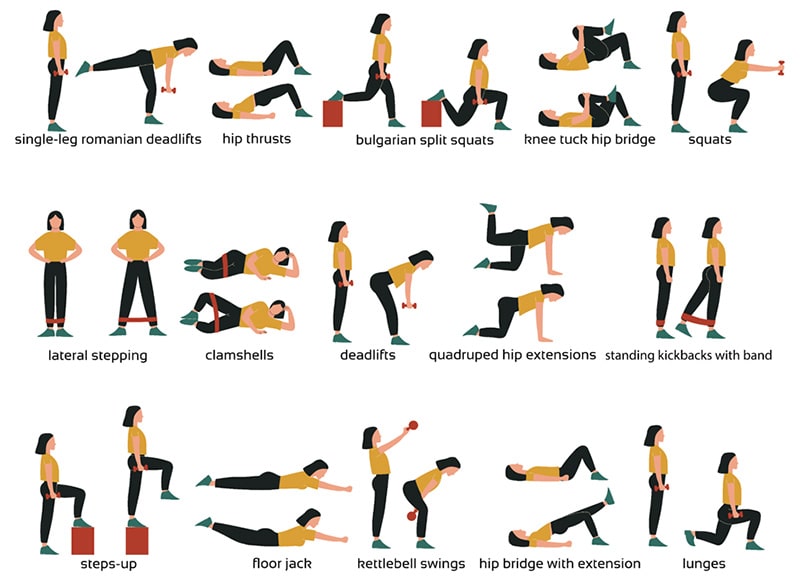
Core Strength
Last but certainly not least, improving your core strength is key to getting ski fit. After all, leaning side to side and bracing yourself to slow down and stop on your skis takes a lot of core strength and overlooking this important aspect of ski fitness is a big mistake.
Twisting movements and core stability exercises can help you strengthen your core and is an essential aspect of any ski conditioning workout.
Example of abdominal exercise you could introduce into your training.

Best Ski Training Exercises
Some of the best ski training exercises include explosive squats, lunge jumps, box jumps, medicine ball side lunges, skaters and side planks with rotation. But, as always, the best way to make the most of any ski training exercises is to work with a physio or personal trainer.
Explosive Squats
Explosive squats are similar to regular squats except you use a burst of energy to come up to a standing position. Explosive movements help to improve your fast twitch muscle fibres.
- Stand with your legs slightly wider than hip-width apart
- Bend at the knees and send your hips down and slightly back
- Keep your knees over your toes with your chest lifted
- Quickly straighten your knees in an “explosive” movement
- Be careful not to lock your knees at the top

Lunge Jumps
Lunge jumps are both a strengthening and cardio-boosting exercise. The lunge helps to tone your glutes, hamstrings, quads and calves while jumping into the position increases your heart rate for a challenging cardio workout.
- Start by jumping into a lunge with one foot in front of you and one foot behind you
- Bend your front knee in line with your front toes and keep your hips square and directly underneath your torso
- Jump to switch your lunge to have the opposite leg forward
Box Jumps
Box jumps are also a great cardio workout that increases your heart rate while requiring explosive movement. In order to effectively jump from the ground to a box means you need to activate your legs more than your average cardio exercise.
- Stand facing an exercise box that’s at an appropriate height for you
- Start with your feet hip-width apart
- Jump onto the box using both feet
- Step down using one foot at a time and repeat
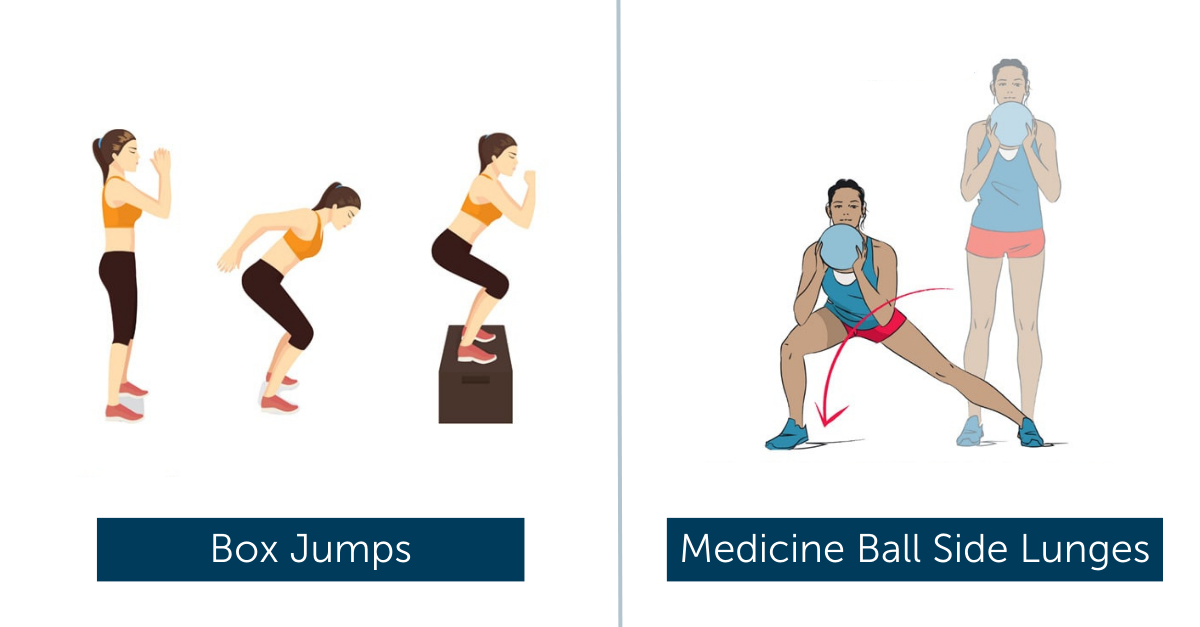
Medicine Ball Side Lunges
By using the weight of a medicine ball in your side lunges, you’re not only workout your inner thighs, outer thighs and glutes, but you’re also activating your core muscles.
- Start with your feet a bit wider than hip-width apart with your toes facing slightly out
- Hold a medicine ball towards the ground with straight arms and chest lifted
- Bend one knee, shifting your weight towards that side and bring the medicine ball towards the ground
- Repeat on the other side
Skaters
Skaters are great ski training exercises because they’re not only toning your legs, but they’re also amazing for stability. Since you’re jumping onto one leg, your core is naturally activated and can help you immensely once you get onto the mountain.
- Hop onto one foot with your knee bent, keeping your knee over your toes
- Your chest will lower forward slightly
- Keep the opposite foot lifted as it reaches behind your standing leg
- Switch and hop onto the opposite foot
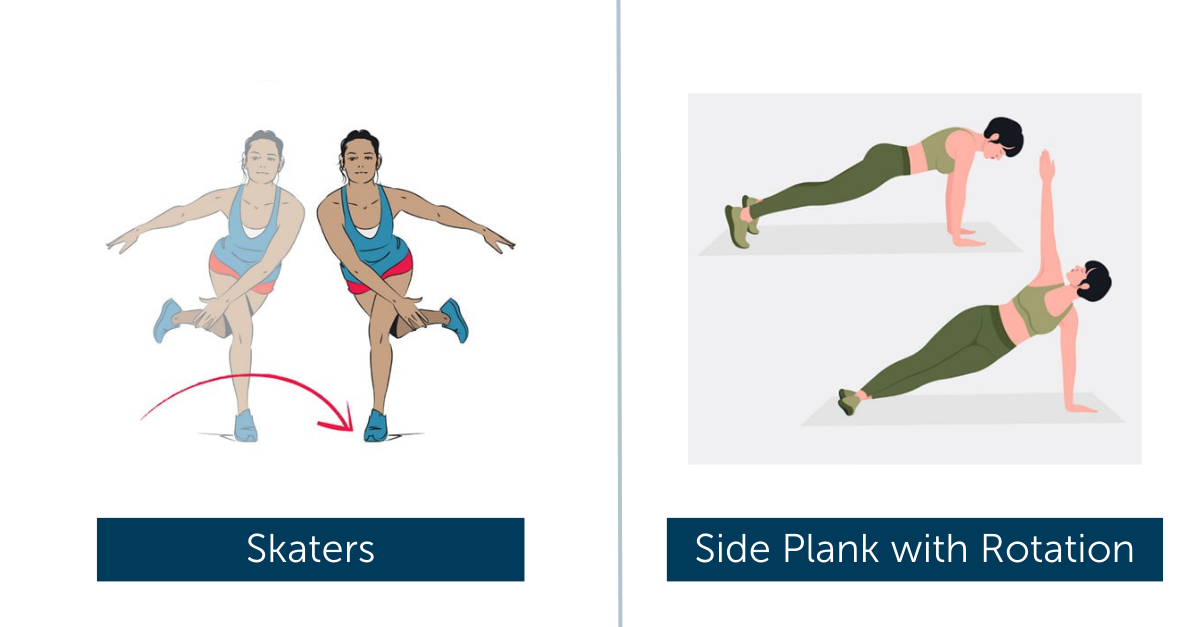
Side Plank with Rotation
Another fantastic exercise for your core stability is a side plank with rotation. Not only will you be toning your obliques and side body, but you’ll also be strengthening the fascia all around your core muscles with the slight, twisting rotation.
- Start in a side plank either on your hand or elbow
- Reach your free arm towards the sky, then rotate to reach that arm under your ribs
- Switch sides and repeat
Things to Remember
While we hope you’ll take these ski conditioning exercises into consideration before you head to the snow, it’s also important to note that your fitness routine shouldn’t stop once you get there.
It’s so important to make sure that you’re warming up and cooling down every day that you go skiing. Simply ten minutes of jumping jacks, squats and other dynamic stretches before you go down your first mountain will help a ton. And then a fair amount of stretching afterwards will help you feel less sore and ready for weeks of uninhibited skiing.
Come see one of our exercise physiologists to help you get into ski shape in only four weeks. You’re sure to have a much more enjoyable holiday in the snow if you’re not stuck in your accommodation from being too sore and exhausted. In other words, it’s so worth it to get ski fit.
Contact us today and book an appointment with a Physio Inq.
Date Published: Sunday, January 21, 2024
Date Modified: Tuesday, July 2, 2024
Locate a Mobile Physiotherapy
Service Near me
Get the experience & convinence you deserve to support your or a loved one's allied health needs.
Our Mobile Physiotherapy team are currently serving & taking appointments in the following states and regions in Australia:
Need to get into direct contact with ur Client Services team? We're all ears. Call our team directly on 1300 731 733

